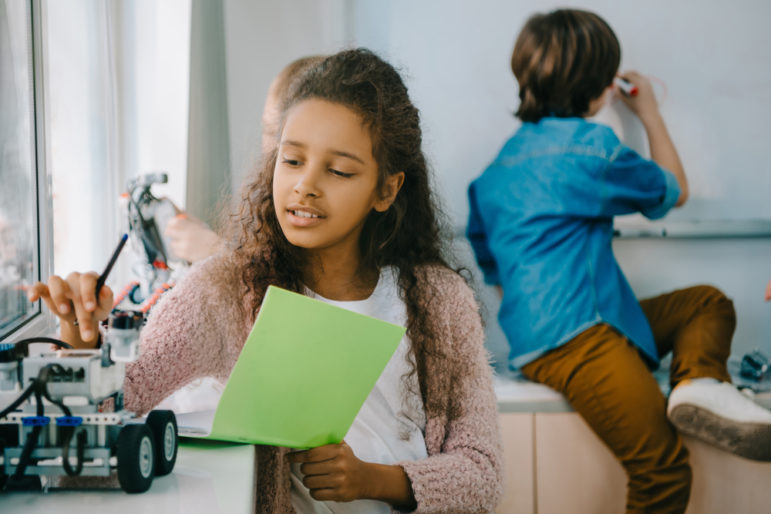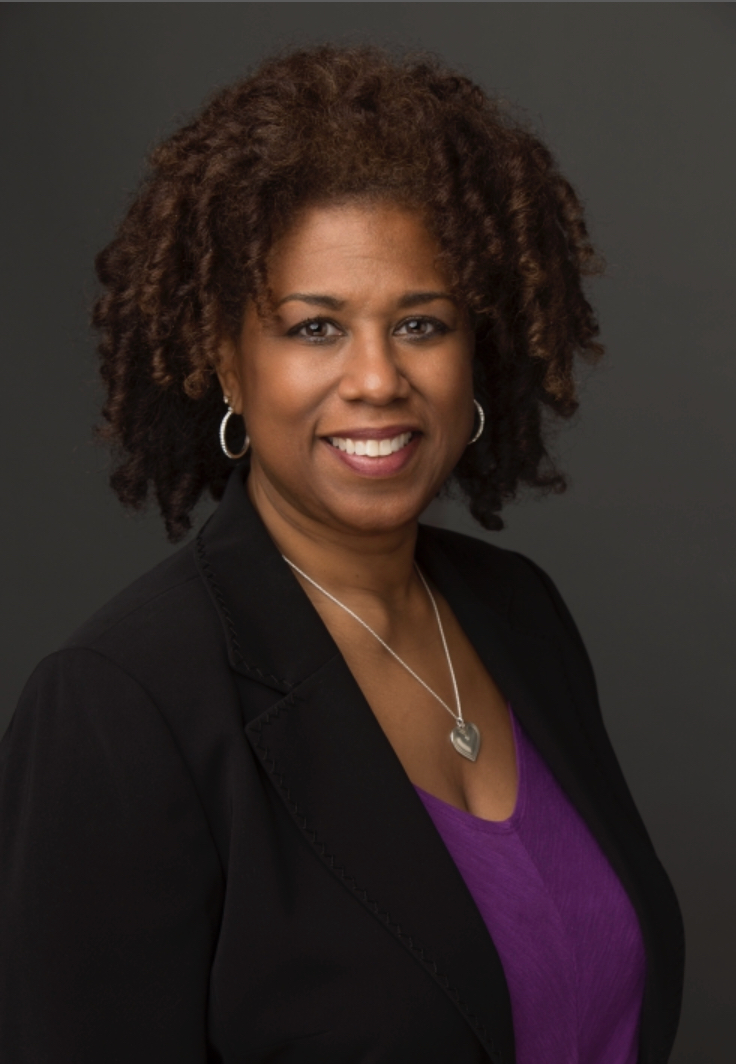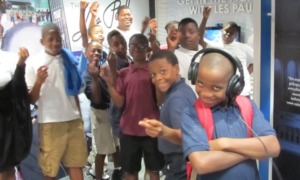
LightFieldStudios/Shutterstock
.
What if every child had the knowledge that their talents were valuable? They would grow up confident in who they are. They would do better in school. They would serve the world and fulfill their purpose in life.

Gail Hutchison
The theory of multiple intelligences was developed in 1983 by Dr. Howard Gardner, an American developmental psychologist and educator from Harvard University. He suggested that intelligence is not a single static IQ number but rather a dynamic collection of skills and talents that are manifested differently in different people. He suggested that non-IQ competencies, such as interpersonal skills for example, were intelligences.
What other scientists thought were just soft skills, Gardner realized were types of intelligence. Just as being a math whiz gives you the ability to understand the world, so does being “people smart” in a different way and from a different perspective. If you’re not strong in math you may not calculate the rate at which the universe is expanding, but you are likely to have the skills to find the right person who will.
The multiple intelligence theory addresses the individual learning needs of all participants in OST programs. It helps to focus on strengths while supporting areas of growth. Meeting participants at their level is extremely important and provides all students with opportunities to become successful.
Gardner suggests eight different intelligences to account for a wider range of potential in children and adults. These intelligences are:
- Logical-mathematical intelligence (“number/ reasoning smart”)
- Linguistic intelligence (“word smart”)
- Spatial intelligence (“picture smart”)
- Bodily-Kinesthetic intelligence (“body smart”)
- Musical intelligence (“music smart”)
- Interpersonal intelligence (“people smart”)
- Intrapersonal intelligence (“self-smart”)
- Naturalist intelligence (“nature smart”)
STEAM in OST
My role at the Museum of Science and Industry in Chicago is to support and provide STEAM curriculum to OST professionals. One of the most extraordinary features of the multiple intelligences theory is how it provides several different ways to gain understanding of any given topic.
In delivering a curriculum to help students understand patterns in the world, we used a mystery theme. There were written clues to follow, which would appeal to the child who learns best by words (linguistic intelligence). The mystery came with colorful illustrations, which resonated with someone who learns through visuals and pictures (spatial intelligences). There was an activity where children had to figure out patterns in DNA by counting the alleles of baby chicks. This would appeal to a child who learns best through numbers or logic (logical-mathematical intelligences). In another lesson, the Science Sleuths (which is what they were called in the curriculum) had to make instruments and preform as a band to get to the next clue. This would appeal to the child who is music smart (musical intelligences) and the child who is body smart (bodily-kinesthetic intelligences).
In another activity, the Science Sleuths have to figure out clues about patterns in biomes and cities around them. This would appeal to the child who learns best through nature (naturalist intelligences). There were several opportunities for students to work in groups and to present their findings. This would appeal to the child who is people smart (interpersonal intelligences). Finally, each child gets a student journal for data collection and reflection. This would appeal most to the child who is self-smart (intrapersonal intelligences). Throughout the entire curriculum there were opportunities to present their artistic representation of a science concept.
OST Programs, STEAM and Multiple Intelligences
STEAM uses Science, Technology, Engineering, Arts and Mathematics as entry points for guiding inquiry, dialogue and critical thinking. Adding the “A” for Arts to STEM inspires creative thinking and innovation, making it more powerful. Integrating the theory of multiple intelligences with STEAM is the perfect way to increase interest in the STEM fields, help children become problem solvers and help them identify the specific intelligences or skills that help them solve such problems.
Out-of-school (OST) programs and the multiple intelligences theory are a perfect match, both for program staff and participants. Using this theory will empower staff to teach STEAM in different ways. First, understanding your strengths and areas for growth will allow you to be more effective in delivering programs. When staff feel empowered, students become empowered learners.
OST professionals already know so much about their participants and the families they serve. When children understand that they are smart and they are good — innately good at something — they are going to be engaged. When children are engaged, they stay out of trouble, they are helpful, they are happy to participate. Knowing your audience, your families and the multiple intelligences theory will validate your insightful and intuitive assessment of your participants’ natural talents.
Gardner suggests watching how children misbehave. That will lead you to their strongest intelligences. Children who are always social and talking out of turn are likely very high in intrapersonal intelligence. You already know the kid who loves to play basketball. The child who would rather be outside involved in sports and is always moving about is probably your kinesthetic learner. Why not do a hands-on STEAM activity outside, allowing children with different learning styles to work in groups? Allow them to present information in different ways. Try allowing them to act out a science concept through presenting a play, doing a speech or a drawing a poster.
The multiple intelligence theory is about the combination of intelligences. That is what makes us all different and unique and will help you deliver better programs to your audience. Keep in mind, it’s the different mix of those intelligences. Think about your mix, your staff’s mix and think about the mix in the individuals you serve. Use your combination of intelligences to guide your STEAM programs and allow your participants to become empowered learners.
As an educator, learning of Howard Gardner and the theory of multiple intelligences was transformative. It changed the way I thought about myself, as an educator and thoughts about the impact on future educators and students I would serve.
Gail J. Hutchison is an educator with the Museum of Science and Industry. She previously was a program manager for Evanston, Ill.’s after-school program, a media literacy specialist for After School Matters and has been recognized as a top 25 NAA16, NAA17 and NAA18 presenter.





























